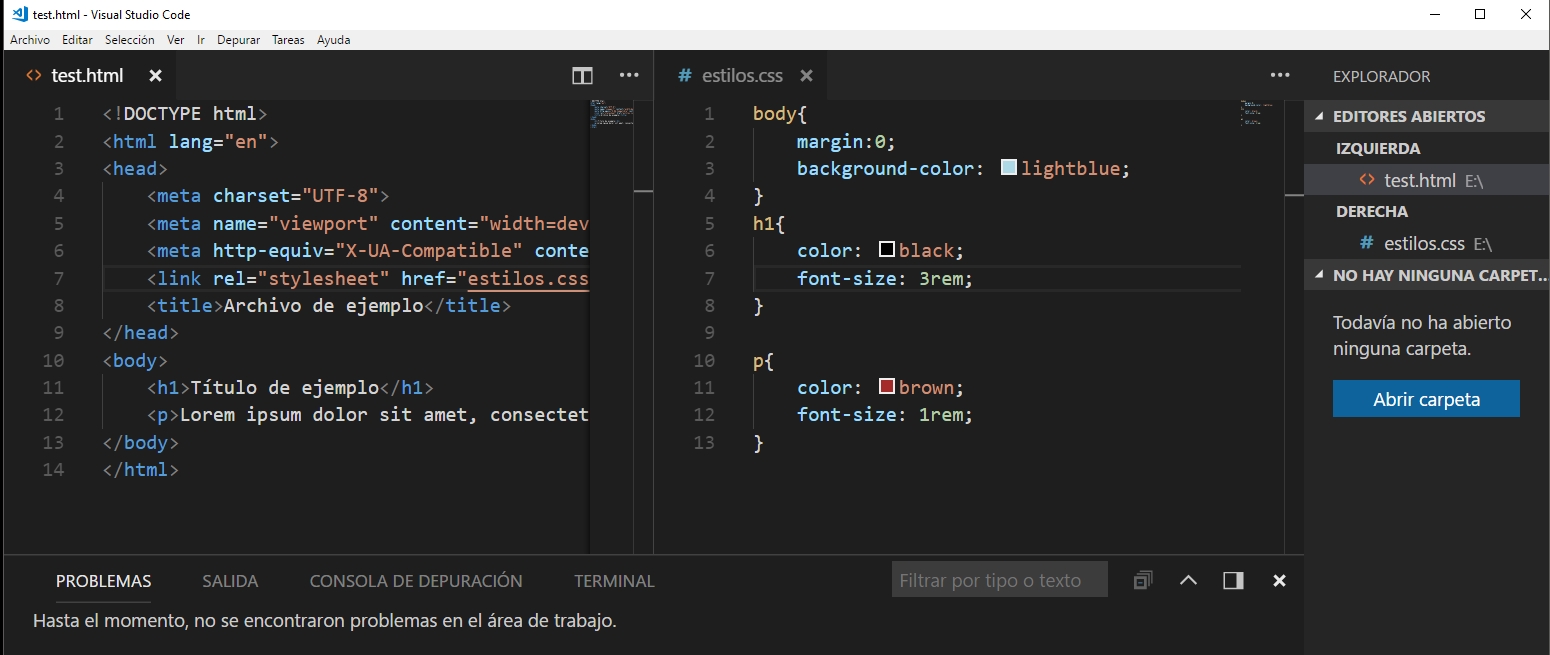

In the keybinding window, in the search bar, paste pyPasteIndent.pasteAndIndent, and then click the + button to add the shortcut and create the keybinding. Know also that you can open that going menu File → Preference → Keyboard Shortcut. I recommend using Don Jayamannes Python Extension.After installing it, you have to configure the path to the interpreter you want to use it with. But here I will go with the nice interface. It is a little confusing as there are two different places to specify the path: settings.json and launch.json.

You can open keybindings.json the same way and by choosing "open keyboard shortcut file" (in place of just "open keyboard shortcut"). Ctrl+ SHIFT+ P to open the command palette, then write "key"*, choose *"open keyboard shortcut", and then the keybinding page open, which it's the nice interface for the **keybindings.json. Once done, you will have your own shortcut to paste and indent automatically (I have set it to Alt + P) Now about setting it up: You need to set just one keybinding for the command "pyPasteIndent.pasteAndIndent" provided by the extension. That's it, and I think that can be useful in several places. If you want to indent backward, you do it with Shift+ Tab. indent a whole block manually: select the whole block, and then click Tab.It just indents the first line, and that's not a good behavior. As said there is the Python extension which now do it out of the box, but still don't do a great job, and an example is when you copy and past a whole block into a function or so.


 0 kommentar(er)
0 kommentar(er)
